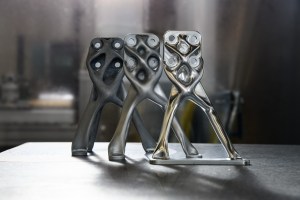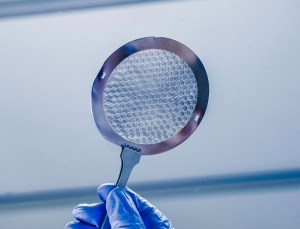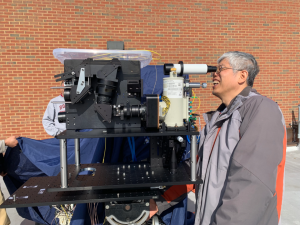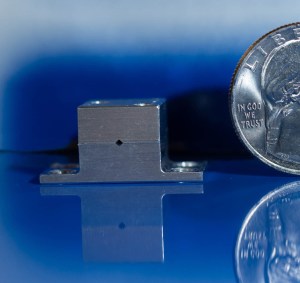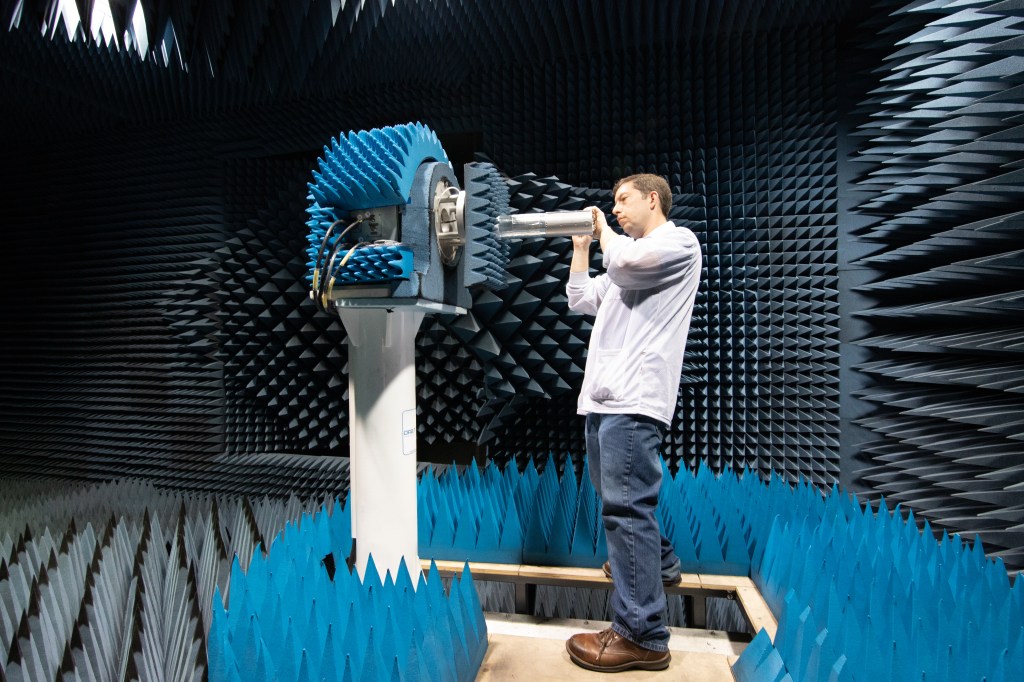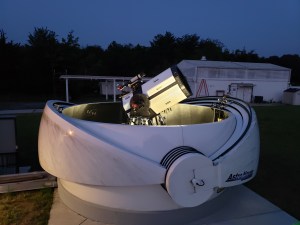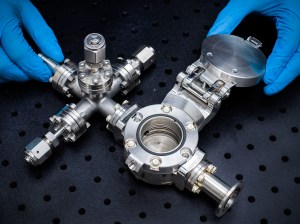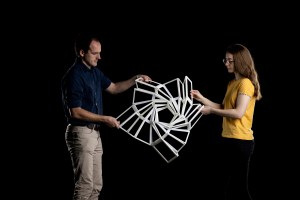Internal Research and Development Program
| What is it? NASA’s Internal Research and Development (IRAD) program builds strategic capabilities that advance Center objectives and enable agile responses to future exploration, discovery, science, and engineering challenges. The program enhances our competitive advantage by growing scientific and technical vitality across NASA’s workforce. Investment areas include mission and instrument risk-mitigation, breakthrough concept development, and transformative initiatives that advance the frontiers of science, technology, and engineering. |
| How does the program work? Each spring, the Office of the Chief Technologist (OCT) solicits research proposals that demonstrate strategic opportunities, align with Goddard’s focus areas, and develop employee capabilities for emerging challenges. Evaluators assess proposals based on technical merit, strategic alignment, competitive advantage, resource efficiency, technology viability, and expected progress. |
| Who qualifies to participate? Eligibility for proposal submission is limited exclusively to Goddard civil service personnel. |
| How can I participate? Proposals should be submitted through the Proposal Ingest, Review and Evaluation System. |
| New Technology and IRAD’s Click here to read about IRAD success stories |
Center Innovation Fund
| What is it? NASA’s CIF empowers Goddard’s workforce to develop the breakthrough technologies that will define our path to future exploration, such as Moon, Mars and beyond. As part of NASA’s Space Technology Mission Directorate portfolio, CIF nurtures transformative, cross-cutting innovations that emerge from the ground up – supporting early-stage concepts (typically TRL 1-4) that have the potential to revolutionize future science and exploration missions. These aren’t just research projects; they’re genuine technology “seedlings” that could become the foundation for NASA’s next-generation commercial partnerships and Mars exploration capabilities. CIF investments directly support NASA’s strategic shift toward sustainable, commercially-viable space technologies. |
| How does the program work? CIF leverages Goddard’s established IRAD framework to streamline the innovation pipeline. Rather than creating separate competing processes, civil servant researchers submit proposals through the IRAD solicitation, where evaluators match the most promising concepts with appropriate funding sources – including CIF for the most pioneering ideas. Our competitive selection process evaluates proposals on innovation, technical merit, feasibility, resource efficiency, return on investment, and comparative analysis. CIF-funded projects must demonstrate exceptional innovation potential and cross-disciplinary approaches that align with NASA’s mission to advance both government exploration goals and commercial space capabilities. The program typically funds 1–2-year projects led by NASA civil servants. |
| CIF Success Stories CIF’s impact speaks for itself: over 300 NASA New Technology Reports, 350+ publications, nearly 100 U.S. patents and applications, more than a dozen commercial licenses, and 2 successful spin-off companies. More importantly, CIF technologies regularly transition into larger NASA programs, where they mature into mission-critical capabilities that advance our national aerospace leadership. These successes demonstrate CIF’s role as a crucial bridge between innovative ideas and practical applications – whether they’re destined for Mars missions, commercial partnerships, or technologies that benefit life on Earth. All project summaries are publicly available through NASA TechPort (insert link), showcasing our commitment to transparency and knowledge sharing. |
Goddard Technology Showcase
18 Images































